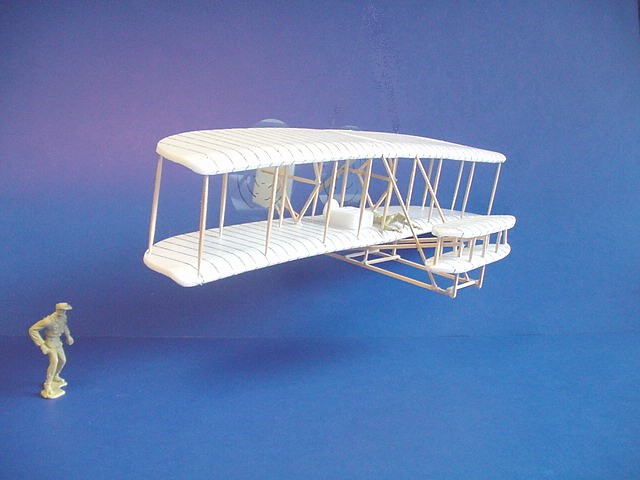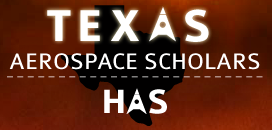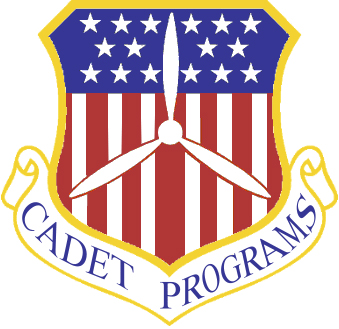The Merit Badge University for the Boy Scouts at Texas A&M University run by Alpha Phi Omega was a great success and we had a lot of fun with those getting their aviation badge! Scouts were able to learn about aviation fundamentals, tour a wind tunnel, perform a pre-flight check of a plane, tour a control tower, fly a plane in a simulator, and make some awesome foam planes of their own!
Many thanks go out to the Easterwood Control Tower, Brazos Valley Flight Services, Vehicle Systems & Control Laboratory, and the Texas A&M Aerospace Department, and our volunteers for helping make this badge a reality.
Please enjoy some pictures from the day. 2018 photos are now up! If you would like to download copies of these photos and see the rest, please visit the Aviation Badge Flickr page or search for TAMU MBU Aviation Badge on Flickr. For the complete archive of 2018 photos, please click here.
In addition to photos, here are some other great links to learn more about aviation, expound upon some of what we learned during the Merit Badge University, or just have fun!
Aviation Badge PresentationIf you would like a PDF copy of the presentation given on the day the badge was acquired, please click here. This includes all information that scouts need to learn to get their aviation badge outside of separate activities. |
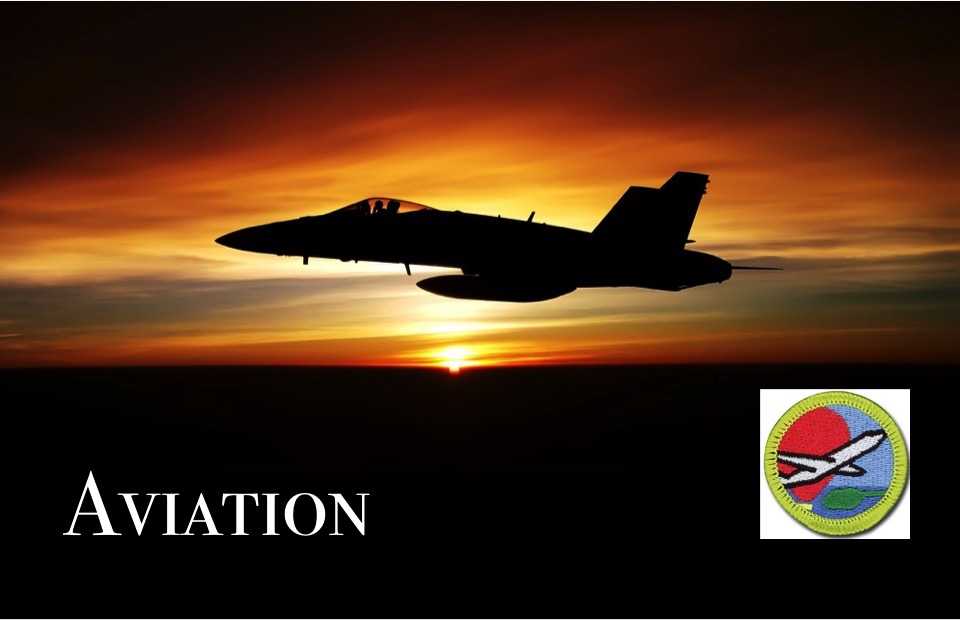 |
Embry-Riddle University: Aviation 101Aviation 101 is a free online Introduction to aviation. Proceed at your own pace to complete each lesson. Aviation 101 is comprised of nine video lessons which will introduce you to a variety of topics in aviation such as aerodynamics, radio communication, navigation, and everything in between. |
 |
Aircraft Owners and Pilots AssociationThe AOPA exists to protect and grow the incredible privilege we call aviation. They educate the public, help you acquire a pilot’s license, advocate for aviation within government agencies and much more. |
 |
Animated EnginesWhile getting their Aviation Badge, the scouts learned about different kinds of plane engines. This site explains each type and the differences by using animations. The ones we talked about include the four-stroke engine and jet engines. |
Animated Engines
|
Homemade Wright FlyerIf you enjoyed the quick foam plane making we did for the badge, maybe you would like to take it up a few notches and make your own model Wright Flyer. This NASA website gives instructions for building 4 different versions of the planes the Wright Brothers flew. |
Wright Flyer
|
Aeroscholars Online Aviation High School CourseWhile this course is not free, it looks to be a good way to keep learning about aviation through high school while possibly getting school credit. The first course covers fundamentals of aviation science and uses educational video, 3D animations, interactive questions, and other multimedia learning tools to help students learn. |
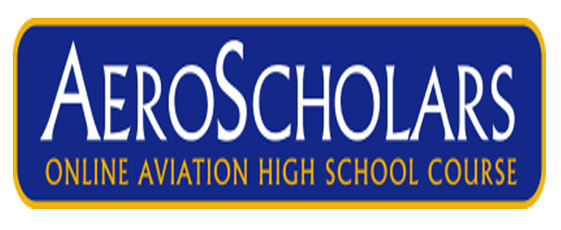 |
Smart Skies™ Air Traffic Controller Game App – Sector 33Developed by NASA, Smart Skies is a middle school mathematics program that teaches students about the challenges that air traffic controllers experience every day. The companion game app, Sector 33, gives students some first-hand experience of what is is like to be an air traffic controller. |
Sector 33
|
NASA Texas High School Aerospace ScholarsThe High School Aerospace Scholar program offers a one-of-a-kind experience for Texas high school juniors to explore the possibilities of a STEM related major or career. The adventure starts with an online course and culminates with an onsite summer experience at NASA’s Johnson Space Center. |
|
Civil Air Patrol Cadet ProgramThe CAP Cadet Program is a year-round program where Cadets fly, learn to lead, hike, camp, get in shape, and push themselves to new limits. If you’re dreaming about a career in aviation, space, or the military, CAP’s Cadet Program is for you. |
|
For Educators and Parents
A Model Aerospace CurriculumThis document details the formation and rational behind August Martin High School, an aviation high school in New York City. While the paper provides great resources for how this version of a high school could be formed, it is even more useful for the detailed examples it gives of using aviation in problems and prompts for every subject from English to math to foreign languages. |
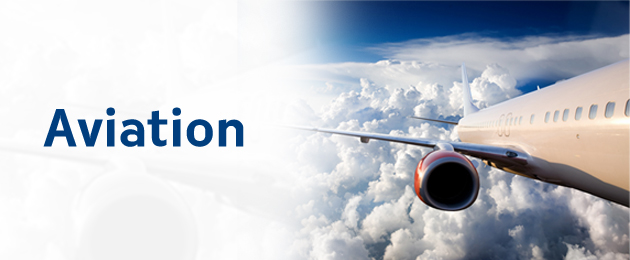 |
Beginner’s Guide to Aerodynamics ActivitiesThis NASA resource provides a wide variety of aerospace activities and lesson plans generated by active teachers, educators, and NASA engineers and scientists. They are arranged by subject and grade level with pages for both the students and teachers. |
 |
Interactive: Dihedral Effects in Aircraft FlightThis Wolfram Demonstration project can be used for multiple different applications, but the CDF player and the accompanying dihedral demonstration code can provide an interactive look at how an airplane’s shape affects its flight characteristics. If the explanations included need additional clarification, try Stack Exchange’s dihedral explanation. |
 |
Paper Airplane LearningUse this paper airplane template and instructions to make The Arrow, a great flying plane that can also be a great teaching tool. Use the opportunity to discuss Bernoulli’s Principle and explain how planes make lift. Talk about dihedral and elevators and ailerons to help students learn why planes are shaped the way they are. Make it a challenge! Can you fold your plane to avoid obstacles? |
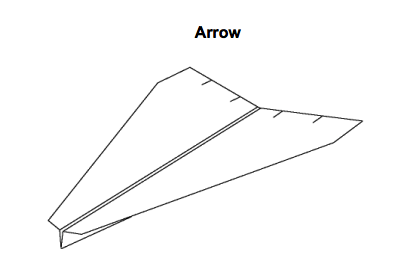 |
Engineering Design ProcessWhile most students learn about the Scientific Method, many do not know about the Engineering Design Process and its similarities and differences to its science counterpart. Discussing how engineers think and performing the design process themselves can go a long way to helping students see engineering as a viable career. |
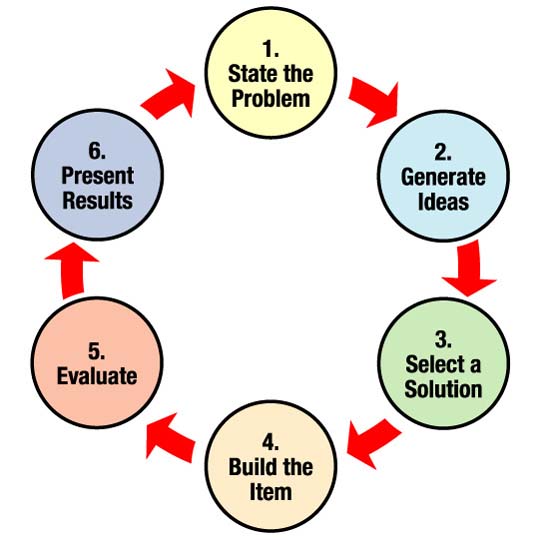 |
Aerobie Flying Rings vs Frisbees ProjectIf you’ve played catch with both Aerobie flying rings and Frisbees, you know that the rings fly much further than the Frisbees with the same throwing effort. Why is that? Investigate the aerodynamics of flying rings and flying disks and find out! The objective of this project is to explore the aerodynamics of flying rings. What effect do various design modifications (e.g., increasing weight near perimeter, increasing weight near center, curving the leading edge, decreasing the size of the center cut-out) have on flight distance? |
 |
Build a Wind Tunnel ProjectThis how-to guide provides detailed instructions for construction and use of a subsonic wind tunnel. The wind tunnel is best used for science fair projects in grades 9–12. |
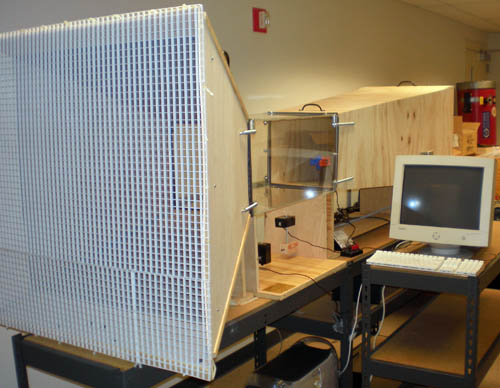 |
Civil Air Patrol Aerospace Education MemberJoin as an Aerospace Education Member (AEM) of the Civil Air Patrol (CAP) and enjoy many free aerospace educational opportunities ranging from receiving lesson plans to participating in a teacher orientation flight aboard one of our Cessna aircraft. This unique membership category is designed for educators or others involved in promoting aerospace education in classrooms, museums, or other youth organizations. |
 |
Air CampAir Camp is a hands-on, educational adventure in aviation and aeronautics. They inspire students at the intermediate and middle school levels, as well as teachers and educational leaders across all grades, to learn more about science, technology, engineering, and mathematics (STEM) using aviation and aerospace as the medium while promoting the values of scholarship, leadership, and citizenship. |
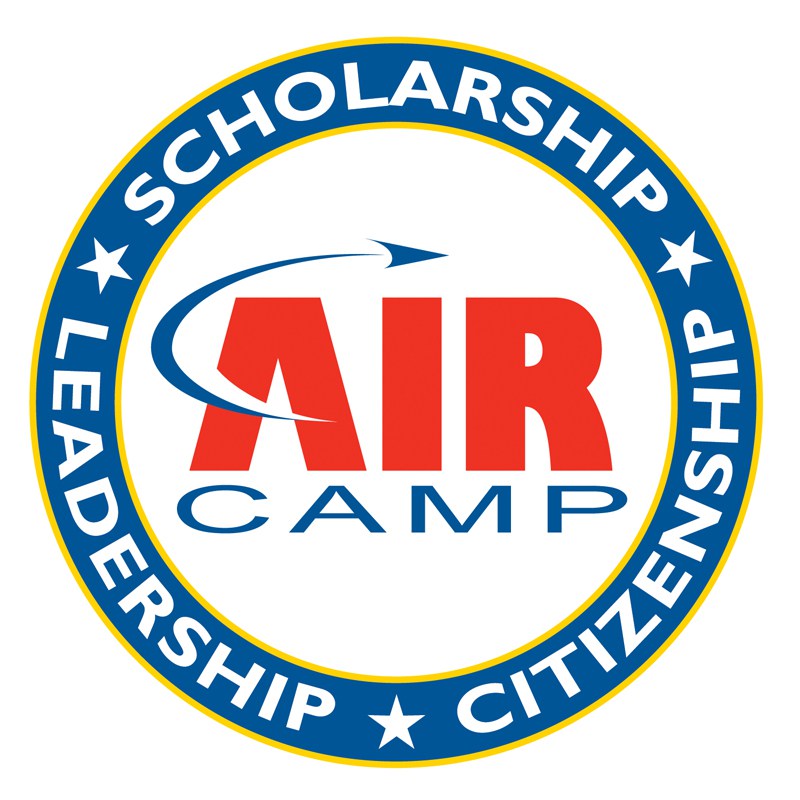 |


